Spider Plants (Chlorophytum comosum) can develop yellow leaves due to incorrect lighting, extreme temperatures, overwatering, overfertilizing, use of water that’s too rich in chlorine and fluoride, or pests.
It’s important to identify the cause of the issue to take the right steps in solving the problem.
Most times, simple solutions such as adjusting the environmental conditions or the watering and fertilization schedule will be enough to allow your plant to recover and prevent future problems.
- Related article: Spider Plant Indoor Care
Other times, you will need to repot your plant or treat it with specific products, especially if you need to get rid of pests.
Read along to learn about the common issues and causes why your Spider Plant foliage loses their green color and develops yellow leaves, and how to fix them!
1. Wrong Light: Expose to Bright Indirect Light
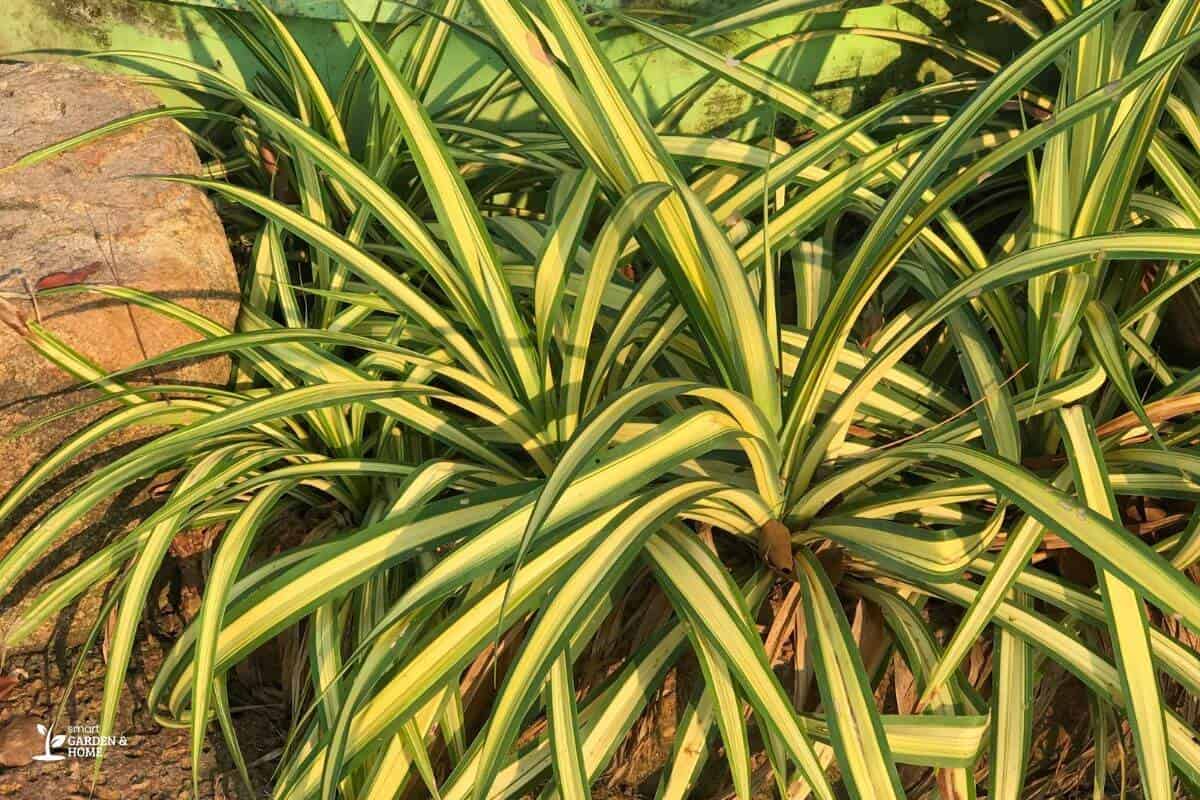
In nature, Spider Plants grow in partial shade under the cover of taller trees. Indoors, they will also need to be protected from extreme heat and direct sunlight.
If your Spider Plant is on a window sill, it is probably getting excess light exposure, and this can cause leaf burn, or the leaves will turn yellow and wilt.
Ample light or not enough light can weaken your Spider Plant too. In this case, the yellowing of the leaves is not because of burning but because the plant cannot successfully photosynthesize.
Place your Spider Plant in an area where it’s exposed to a few hours of indirect sunlight every day and it should quickly recover.
Avoid south-facing windows and dark rooms and find an in-between that will satisfy your plant’s needs.
Keep in mind that Spider Plants suffer from transplant shock, meaning a sudden change in environment can be very stressful for them, so this could also be why leaves turn yellow.
In this case, your plant will simply need some time and TLC to return to its former glory.
2. Extreme Temperatures and Low Humidity Levels: Move the Plant and Vaporize It
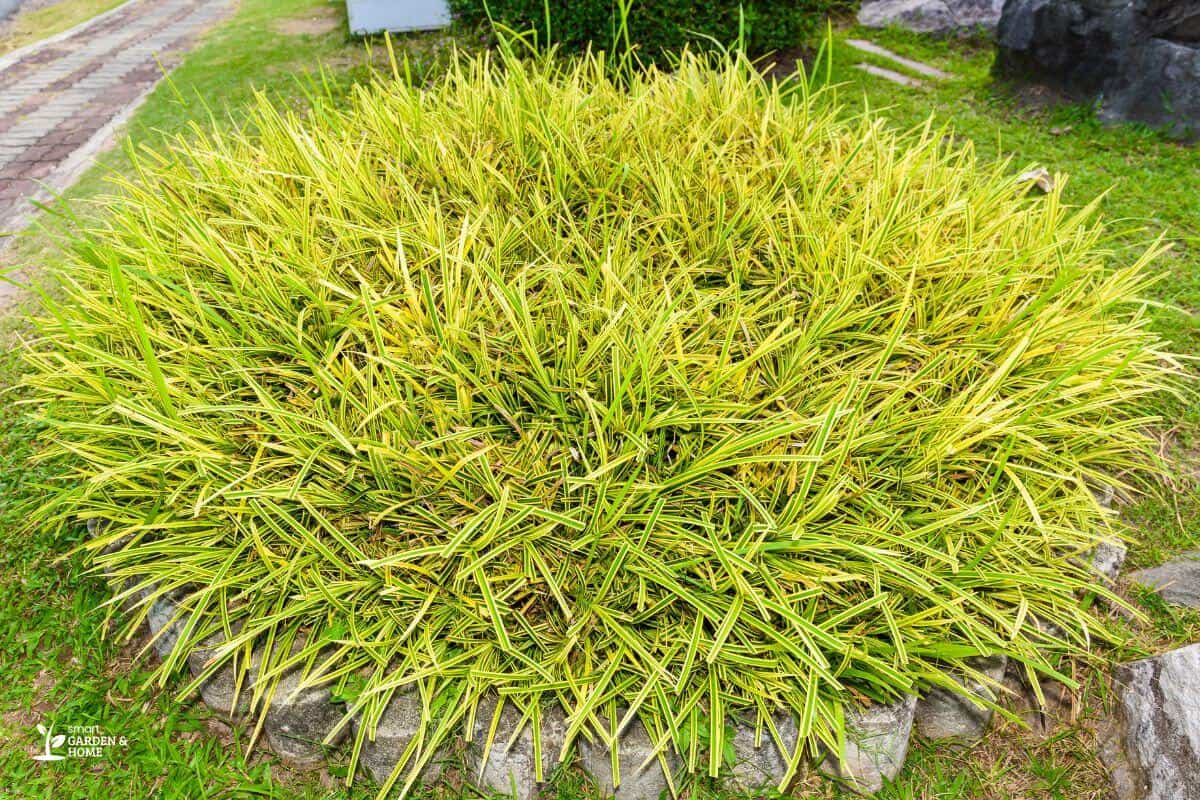
Spider Plants that are kept outside might be exposed to an environment with temperatures they cannot survive.
Both extreme heat and cold can be harmful to Spider Plants, which need ambient temperatures between 50-80°F.
In the house, Spider Plants can suffer even when the overall temperature is correct if they are kept too close to a source of hot or cold air.
The humidity level is also important, as Spider Plants’ leaves will start to yellow or brown if the air circulation is too dry.
If you want to keep your plant outdoors, make sure it’s in a partially-shaded spot during the summer and bring it indoors as soon as temperatures start to drop.
Check what’s in the vicinity of your Spider Plant and move it away from heaters and air conditioners, but also from computers, ovens, and fireplaces.
In addition to blasting hot air directly on your plant, these also greatly reduce extra humidity.
A good way to ensure your plant is getting enough is to vaporize it once in a while.
You can also place a tray underneath the plant with some pebbles covered in water, making sure the vase isn’t touching the water directly.
3. Overwatering: Repot
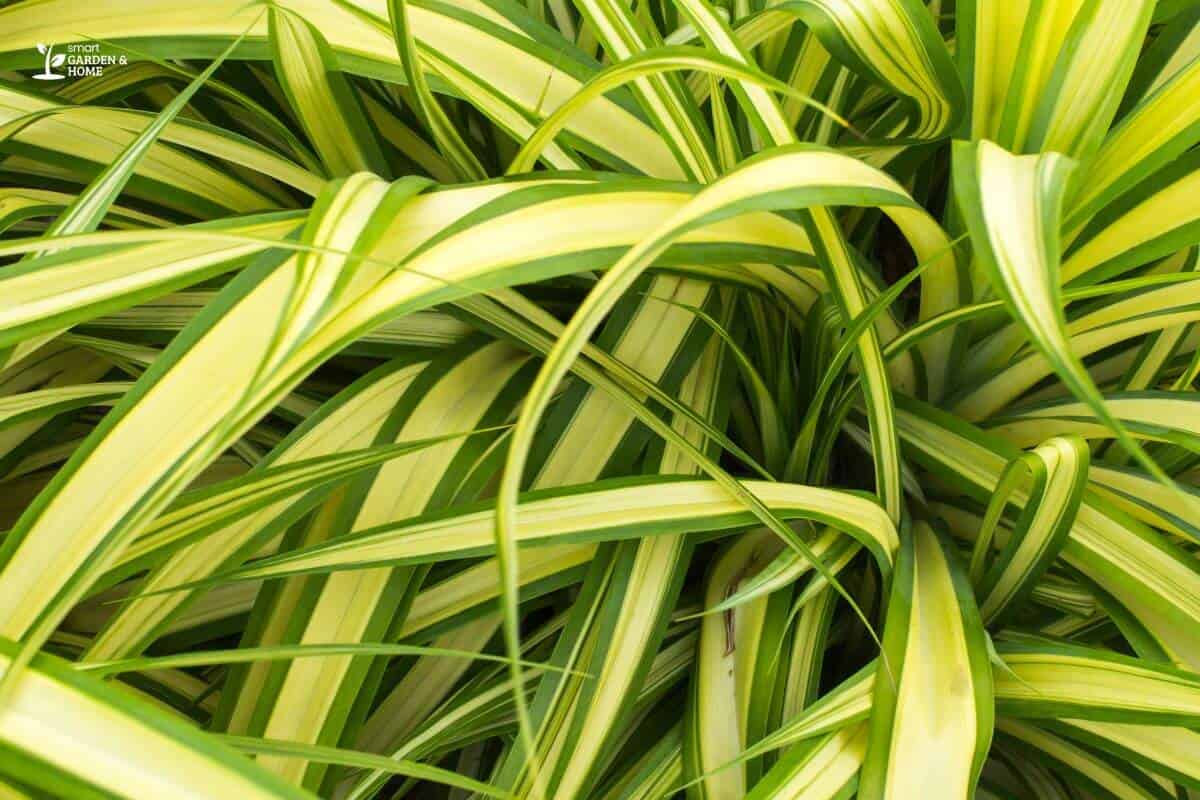
One of the reasons Spider Plants are popular houseplants is that they are extremely low-maintenance, drought-tolerant plants.
On the other hand, they can easily suffer if they are given excess water. Sometimes, Spider Plants’ leaves can also turn yellow from a lack of water, but this is quite rare.
To ensure you don’t overwater your spider plant, do not keep a fixed watering session schedule but rather check the soil before watering. If the top few inches of soil are dry, then it’s time to water.
If they are still damp, it’s best to wait some more time. It’s also important to empty the tray of any leftover water to ensure the roots are not sitting in water.
If your plant has been kept constantly moist for too long, it might be suffering from root damage or root rot.
Most times, it’s still possible to save it by cutting off the damaged roots and repotting the plant. Make sure you use fresh, aerated, and well-draining soil and a pot with drainage holes.
4. Overfertilization: Flush the Soil
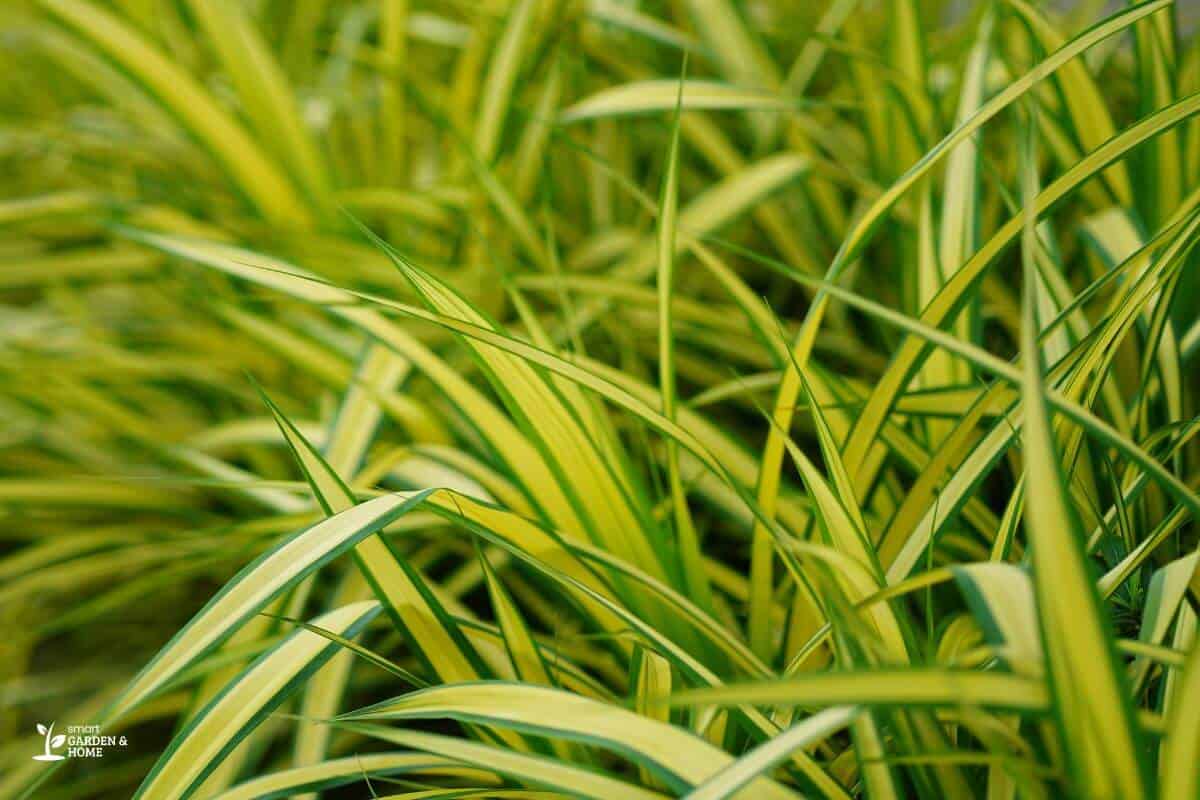
An excess fertilizer build-up in the soil can cause salts to accumulate.
Spider Plants can tolerate a lack of essential nutrients for some time, but the excess minerals and too much fertilizer are toxic for them and will cause fertilizer burn, yellow leaves, and brown leaf tips.
In severe cases, white stripes or red crust will be visible at the top of the soil.
To avoid excess salt build-up, fertilize your Spider Plant only during the growing season using a low-strength or half-strength fertilizer.
To rinse the salts, it’s possible to flush the soil with water by pouring it slowly for a few minutes and letting it drain from the bottom of the pot.
Repotting your plant regularly every 1-2 years will also help in providing healthy and balanced potting soil.
5. Wrong Water: Use Distilled or Filtered Water
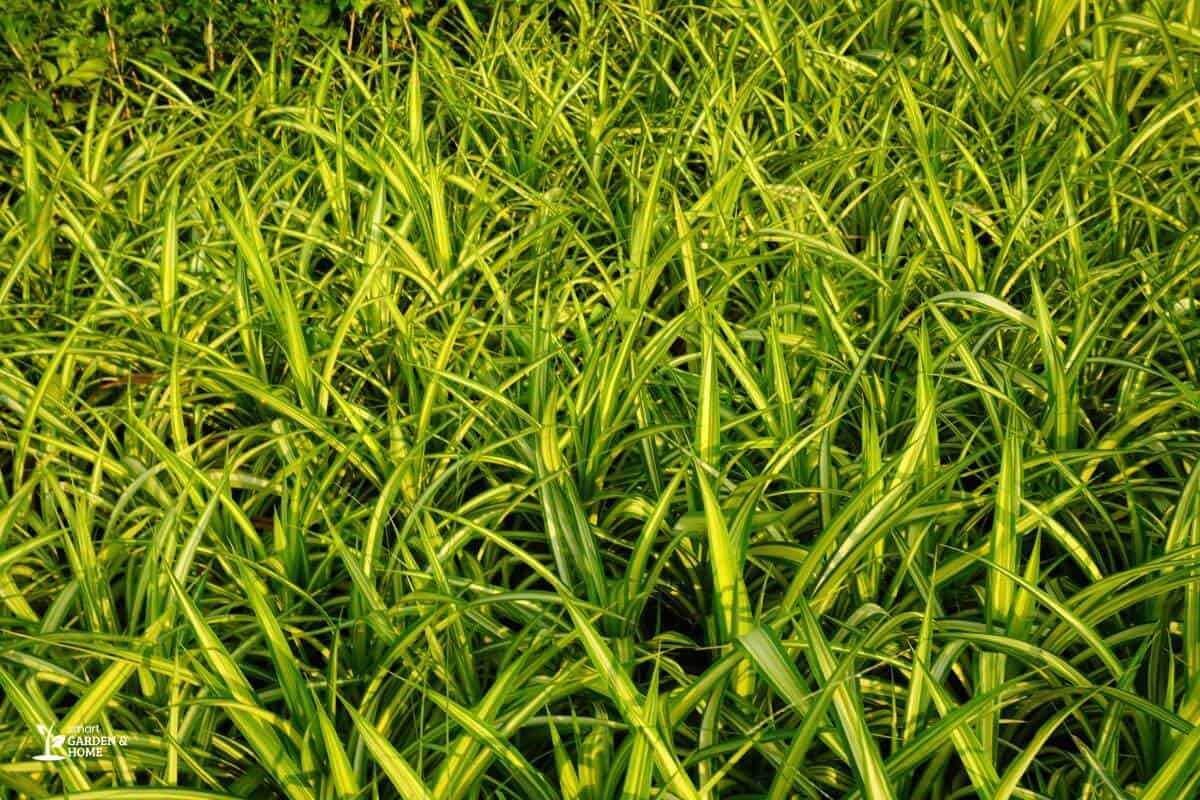
Another way salts or other chemicals could build up in the soil and harm your plant is through the water you use, especially those chemicals in tap water.
If the tap water in your area is rich in chlorine, fluoride, and soluble salts, the plant will absorb them and, over time, it will start showing symptoms of distress such as yellow leaves and brown leaf tips.
If you can’t detect any other reasons why leaves are yellowing, you should consider watering with rainwater, distilled water, or filtered water. You can also flush the soil to free it from any build-up.
6. Pests: Rinse and Apply Neem Oil
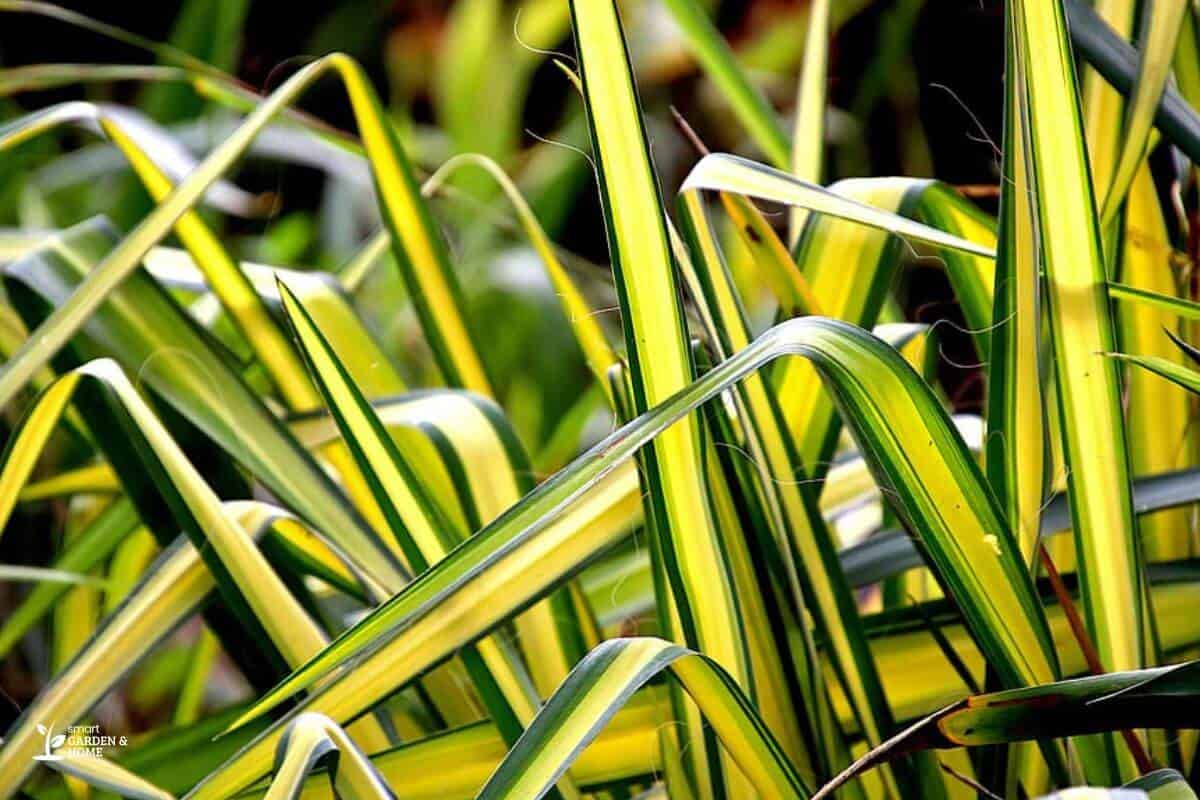
If your Spider Plant is showing yellow or brown spots on the leaves, then the problem is most likely some kind of pest situation.
The most common pests are Aphids, Mealybugs, Whiteflies, and Spider Mites, which are heavy feeders of plants.
Check the leaves for any common sign of their presence, such as a cottony substance, a sticky one, or tiny spots on the underside of the leaves.
When there is a Spider Mite infestation, an additional sign would be the whole leaf will turn yellow.
To get rid of these pests that feed from the lymph of your plant, you can try to wash them off with blasts of water or insecticidal soap.
If this is not enough, the best solution is to apply a horticultural oil which will treat the infection and prevent future ones. Neem oil is the most widely used.
Final Thoughts on Spider Plants Yellowing Leaves
Spider Plants are easy to care for, but yellow leaves can be indicative of various issues.
Whether it is over-watering, too much sunlight, or inadequate nutrients, it is essential to tackle the problem as soon as possible to produce healthy spider plants.
By following the tips discussed throughout this article, you can address the underlying cause of yellow leaves, revive your plant’s health, and enjoy its lush beauty once again.
Don’t forget to regularly check the soil moisture level, light conditions, ensure proper drainage, and use organic fertilizers for optimal plant health.
Remember, healthy indoor plants lead to happy Spider Plants and attractive homes!
Check out these amazing articles to know more about Spider Plants:
- How to Grow Spider Plant Roots
- Spider Plant Falling Apart
- Spider Plant Leaves Breaking
- Spider Plant With Root Rot
- Why Is My Spider Plant Dying
Sources:

